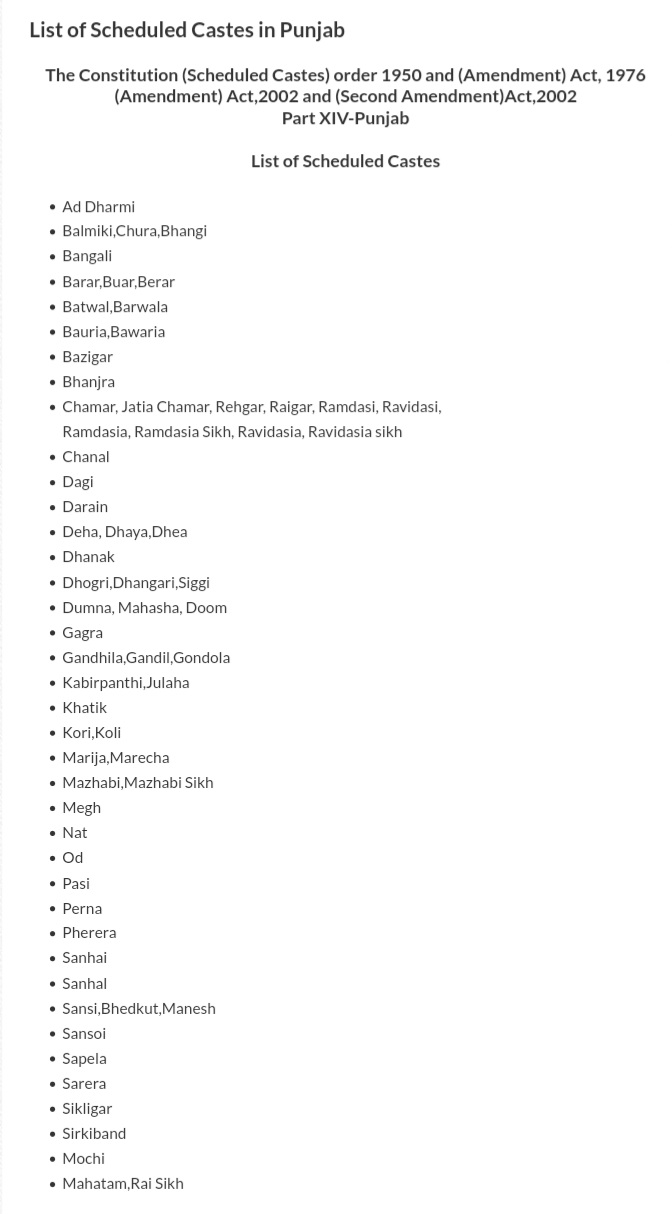|
Pasi (caste)
The Pasi (also spelled Passi) is a Dalit (untouchable) community of India. Pasi refers to tapping Palm toddy, toddy, a traditional occupation of the Pasi community. The Pasi are divided into Gujjar, Kaithwas, and Boria (caste), Boria. They are classified as an Other Backward Class in Andhra Pradesh and Telangana. They live in the northern Indian states of Bihar and Uttar Pradesh. Etymology According to William Crooke, the word ''Pashi'' derives from the Sanskrit word ''Pashika'', a noose used by Pasi to climb and tap Palm toddy, toddy, a drink obtained from palm trees. The tapping of toddy is the original occupation of the Pasi community. However, like other aspirational caste groups of India, Pasis have a myth of origin. They claim to originate from the sweat of Parashurama, Parshuram, an incarnation of Vishnu. They claim support for this in the word ''sweat'' being derived from the Hindi word ''Pasina''. It also furthers their claim of belonging to the Kshatriya caste. Popula ... [...More Info...] [...Related Items...] OR: [Wikipedia] [Google] [Baidu] |
Bihar
Bihar ( ) is a states and union territories of India, state in Eastern India. It is the list of states and union territories of India by population, second largest state by population, the List of states and union territories of India by area, 12th largest by area, and the List of Indian states and union territories by GDP, 14th largest by GDP in 2024. Bihar borders Uttar Pradesh to its west, Nepal to the north, the northern part of West Bengal to the east, and Jharkhand to the south. Bihar is split by the river Ganges, which flows from west to east. On 15 November 2000, a large chunk of southern Bihar was ceded to form the new state of Jharkhand. Around 11.27% of Bihar's population live in urban areas as per a 2020 report. Additionally, almost 58% of Bihari people, Biharis are below the age of 25, giving Bihar the highest proportion of young people of any Indian state. The official language is Hindi, which shares official status alongside that of Urdu. The main native languag ... [...More Info...] [...Related Items...] OR: [Wikipedia] [Google] [Baidu] |
Kshatriya
Kshatriya () (from Sanskrit ''kṣatra'', "rule, authority"; also called Rajanya) is one of the four varnas (social orders) of Hindu society and is associated with the warrior aristocracy. The Sanskrit term ''kṣatriyaḥ'' is used in the context of later Vedic society wherein members were organised into four classes: ''brahmin'', kshatriya, '' vaishya,'' and '' shudra''. History Early Rigvedic tribal monarchy The administrative machinery in Vedic India was headed by a tribal king called a Rajan whose position may or may not have been hereditary. The king may have been elected in a tribal assembly (called a Samiti), which included women. The Rajan protected the tribe and cattle; was assisted by a priest; and did not maintain a standing army, though in the later period the rulership appears to have risen as a social class. The concept of the fourfold varna system is not yet recorded. Later Vedic period The hymn '' Purusha Sukta'' in the ''Rigveda'' describes the symbolic crea ... [...More Info...] [...Related Items...] OR: [Wikipedia] [Google] [Baidu] |
Bharatiya Janata Party
The Bharatiya Janata Party (BJP; , ) is a political party in India and one of the two major List of political parties in India, Indian political parties alongside the Indian National Congress. BJP emerged out from Syama Prasad Mukherjee's Bharatiya Jana Sangh. Since 2014, it has been the List of ruling political parties by country, ruling political party in India under the incumbent Prime Minister of India, Prime Minister Narendra Modi. The BJP is aligned with right-wing politics and has close ideological and organisational links to the Rashtriya Swayamsevak Sangh (RSS), a Far-right politics, far-right Paramilitary organization, paramilitary organisation. Its policies adhere to Hindutva, a Hindu nationalism, Hindu nationalist ideology. it is the country's biggest political party in terms of representation in the Parliament of India as well as State legislature (India), state legislatures. The party's origins lie in the Bharatiya Jana Sangh, which was founded in 1951 by In ... [...More Info...] [...Related Items...] OR: [Wikipedia] [Google] [Baidu] |
Rashtriya Swayamsevak Sangh
The Rashtriya Swayamsevak Sangh (RSS,, ) is an Indian right-wing politics, right-wing, Hindutva, Hindu nationalist volunteer paramilitary organisation. It is the progenitor and leader of a large body of organisations called the Sangh Parivar (Hindi for "Sangh family"), which has developed a presence in all facets of Indian society and includes the Bharatiya Janata Party (BJP), the ruling political party under Narendra Modi, the prime minister of India. Mohan Bhagwat has served as the ''List of Sarsanghchalaks of the Rashtriya Swayamsevak Sangh, Sarsanghchalak'' of the RSS . Founded on 27 September 1925, the initial impetus of the organisation was to provide character training and instil "Hindu discipline" in order to unite the Hindu community and establish a ''Hindu Rashtra'' (Hindu nation). The organisation aims to spread the ideology of Hindutva to "strengthen" the Hinduism in India, Hindu community and promotes an ideal of upholding an Indian culture and its civilizational ... [...More Info...] [...Related Items...] OR: [Wikipedia] [Google] [Baidu] |
Hindu Nationalism
Hindu nationalism has been collectively referred to as the expression of political thought, based on the native social and cultural traditions of the Indian subcontinent. "Hindu nationalism" is a simplistic translation of . It is better described as "Hindu polity". The native thought streams became highly relevant in Indian history when they helped form a distinctive identity about the Indian polityChatterjee Partha (1986) and provided a basis for questioning colonialism.Peter van der Veer, Hartmut Lehmann, Nation and religion: perspectives on Europe and Asia, Princeton University Press, 1999 p. 90 These also inspired Indian nationalism, Indian nationalists during the Indian independence movement, independence movement based on armed struggle,Li Narangoa, R. B. Cribb ''Imperial Japan and National Identities in Asia'', 1895–1945, Published by Routledge, 2003 p. 78 coercive politics,Bhatt, Chetan, ''Hindu Nationalism: Origins, Ideologies and Modern Myths'', Berg Publishers (20 ... [...More Info...] [...Related Items...] OR: [Wikipedia] [Google] [Baidu] |
Invention Of Tradition
Invented traditions are cultural practices that are presented or perceived as traditional, arising from people starting in the distant past, but which are relatively recent and often consciously invented by historical actors. The concept was highlighted in the 1983 book ''The Invention of Tradition'', edited by Eric Hobsbawm and Terence Ranger. Hobsbawm's introduction argues that many "traditions" which "appear or claim to be old are often quite recent in origin and sometimes invented." This "invention" is distinguished from "starting" or "initiating" a tradition that does not then claim to be old. The phenomenon is particularly clear in the modern development of the nation and of nationalism, creating a national identity promoting national unity, and legitimising certain institutions or cultural practices. Background A set of practices, typically ritualistic or symbolic, aims to instill values and behavioral norms through repetition, such as saluting a flag before class. These p ... [...More Info...] [...Related Items...] OR: [Wikipedia] [Google] [Baidu] |
Chandra Bhan Prasad
Chandra Bhan Prasad (born September 1958) is an Indian journalist, writer, activist and political commentator.Chandra Bhan Prasad: Journalist and Columnist Center for the Advanced Study of India. Retrieved on 9 February 2015. Life In 2007-08 Prasad was a visiting scholar at the Centre for the Advanced Study of India (CASI) at the . He has been profiled by '''' and '' |
Savarna
''Savarna'' is a genus of Southeast Asian cellar spiders that was first described by B. A. Huber in 2005. Species it contains ten species, found only in Indonesia, Malaysia, and Thailand: *''Savarna bannang'' – Yao & Li, 2020 – Thailand *''Savarna chiangmai'' – Yao & Li, 2020 – Thailand *''Savarna huahin'' – Yao & Li, 2020 – Thailand *''Savarna kaeo'' – Huber, Petcharad & Bumrungsri, 2015 – Thailand *''Savarna kraburiensis'' – Wongprom & Wiwatwitaya, 2015 – Thailand *''Savarna miser'' – ( Bristowe, 1952) – Malaysia, Indonesia (Sumatra) *''Savarna satun'' – Yao & Li, 2020 – Thailand *''Savarna tesselata'' – ( Simon, 1901) – Thailand *''Savarna thaleban'' – Huber, 2005 (type) – Thailand *''Savarna thungsong'' – Yao & Li, 2020 – Thailand See also * List of Pholcidae species This page lists all described genera and species A species () is often defined as the largest group of organisms in which any two individuals of the appropriate ... [...More Info...] [...Related Items...] OR: [Wikipedia] [Google] [Baidu] |
Chamar
Chamar (or Jatav) is a community classified as a Scheduled Caste under modern India's Reservation in India, system of affirmative action that originated from the group of trade persons who were involved in leather tanning and shoemaking. They are found throughout the Indian subcontinent, mainly in the northern states of India and in Pakistan and Nepal. History The Chamars are traditionally associated with leather work. Ramnarayan Rawat posits that the association of the Chamar community with a traditional occupation of tanning (leather), tanning was constructed, and that the Chamars were instead historically agriculturists. The term ''chamar'' is used as a pejorative word for Dalits in general. It has been described as a Casteism, casteist slur by the Supreme Court of India and the use of the term to address a person as a violation of the Scheduled Caste and Scheduled Tribe (Prevention of Atrocities) Act, 1989. Movement for upward social mobility Between the 1830s and the ... [...More Info...] [...Related Items...] OR: [Wikipedia] [Google] [Baidu] |
Kisan Sabha (1919-1922)
Kisan Sabha () may refer to: * Kisan Sabha (1919–1922), farmers' movement in British India * All India Kisan Sabha, farmers' wing of Communist Pary of India, begun in 1936 ** All India Kisan Sabha delegation to Europe, 1955 * All India Kisan Sabha (36 Canning Lane), farmers' wing of the Communist Party of India (Marxist) See also * Farmers' Union (other) {{disambiguation ... [...More Info...] [...Related Items...] OR: [Wikipedia] [Google] [Baidu] |
Ramnarayan Rawat
Ramnarayan Rawat (also spelled Ram Narayan Rawat and Ram Rawat) is an Associate Professor of History at the University of Delaware and a historian of the Indian subcontinent and has also had appointments at the University of Pennsylvania (as a postdoctoral scholar) and University of Washington. He received his B.A. and Ph.D. from the University of Delhi. He has conducted research on the Chamar Chamar (or Jatav) is a community classified as a Scheduled Caste under modern India's Reservation in India, system of affirmative action that originated from the group of trade persons who were involved in leather tanning and shoemaking. They a ... caste in India, and displayed that their work centred on agriculture and not tanning as previously thought. He is the author of the book ''Reconsidering Untouchability: Chamars and Dalit History in North India'' and has co-edited the volume ''Dalit Studies'' with K. Satyanarayana. He is currently working on his second book entitled Parallel Pu ... [...More Info...] [...Related Items...] OR: [Wikipedia] [Google] [Baidu] |




